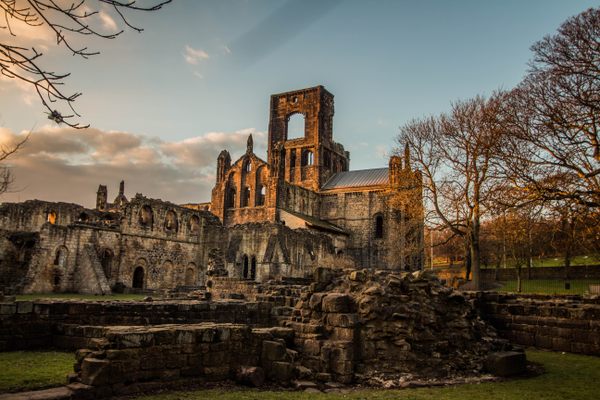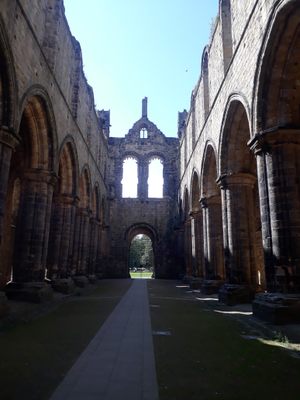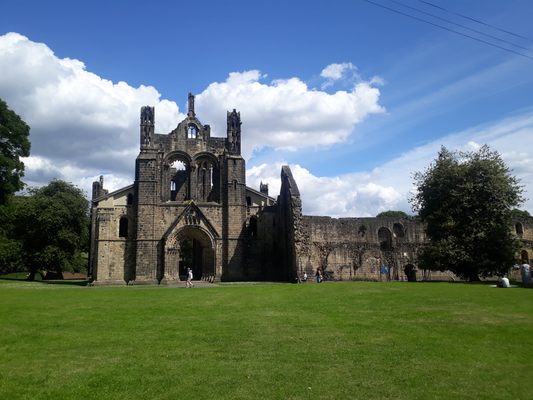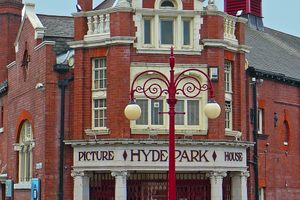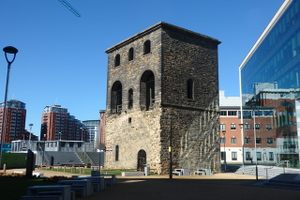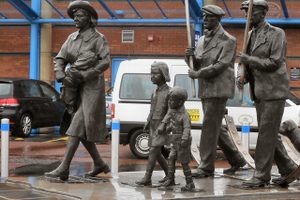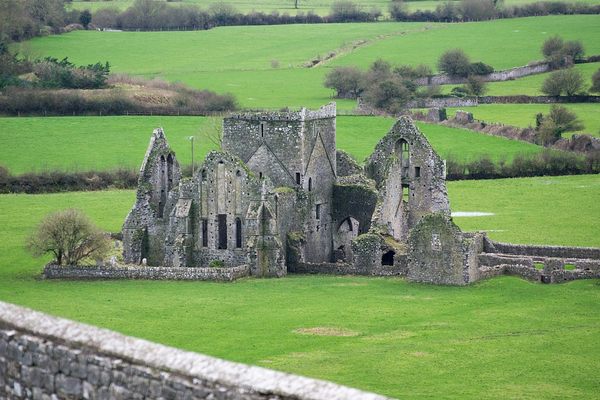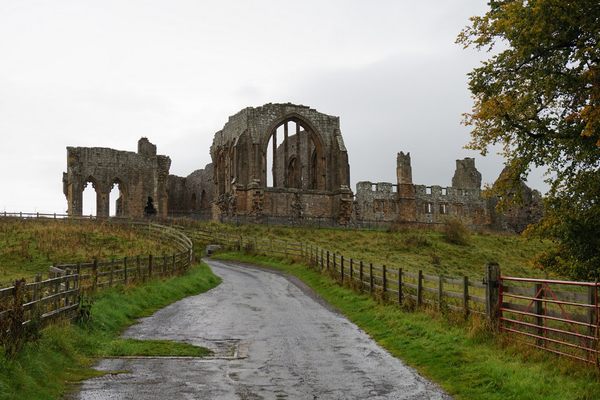About
Kirkstall Abbey has been a feature of the banks of the River Aire for more than 800 years. The picture-perfect ruins have attracted artists such as J.M.W. Turner, Thomas Girtin, and John Sell Cotman.
It was founded in 1152 with the help of Henry de Lacy, the 2nd Lord of Bowland who had promised land to the church if his prayers for recovery from a serious illness were answered. The abbey fell victim to the Dissolution of the Monasteries on November 22, 1539, and was given to the Archbishop of Canterbury Thomas Cranmer in 1542. It returned to the crown after his execution by burning in 1556.
The abbey was then purchased by the Savile family in 1584 and remained with them for nearly a century before passing to the Earls of Cardigan, the Brudenell family, in 1671. Much of the abbey's stone was removed for use in other buildings—a notable example is the steps to Leeds Bridge, which are made from Kirkstall stone.
Kirkstall Abbey was purchased by Colonel John North in 1889, who gifted it to Leeds City Council. It was opened to the public in 1895 after a major restoration, and today is a Grade I listed building and Scheduled Ancient Monument.
Related Tags
Know Before You Go
The abbey is closed on Mondays. Entry to the building and its grounds is free, but donations are welcomed. There is a busy program of events, including a regular outdoor market in the abbey grounds, film screenings, talks, and open-air theater. Just across the main road from the abbey is its old gatehouse, which now houses the Abbey House Museum documenting life in Victorian Leeds.
Community Contributors
Added By
Published
August 22, 2019
